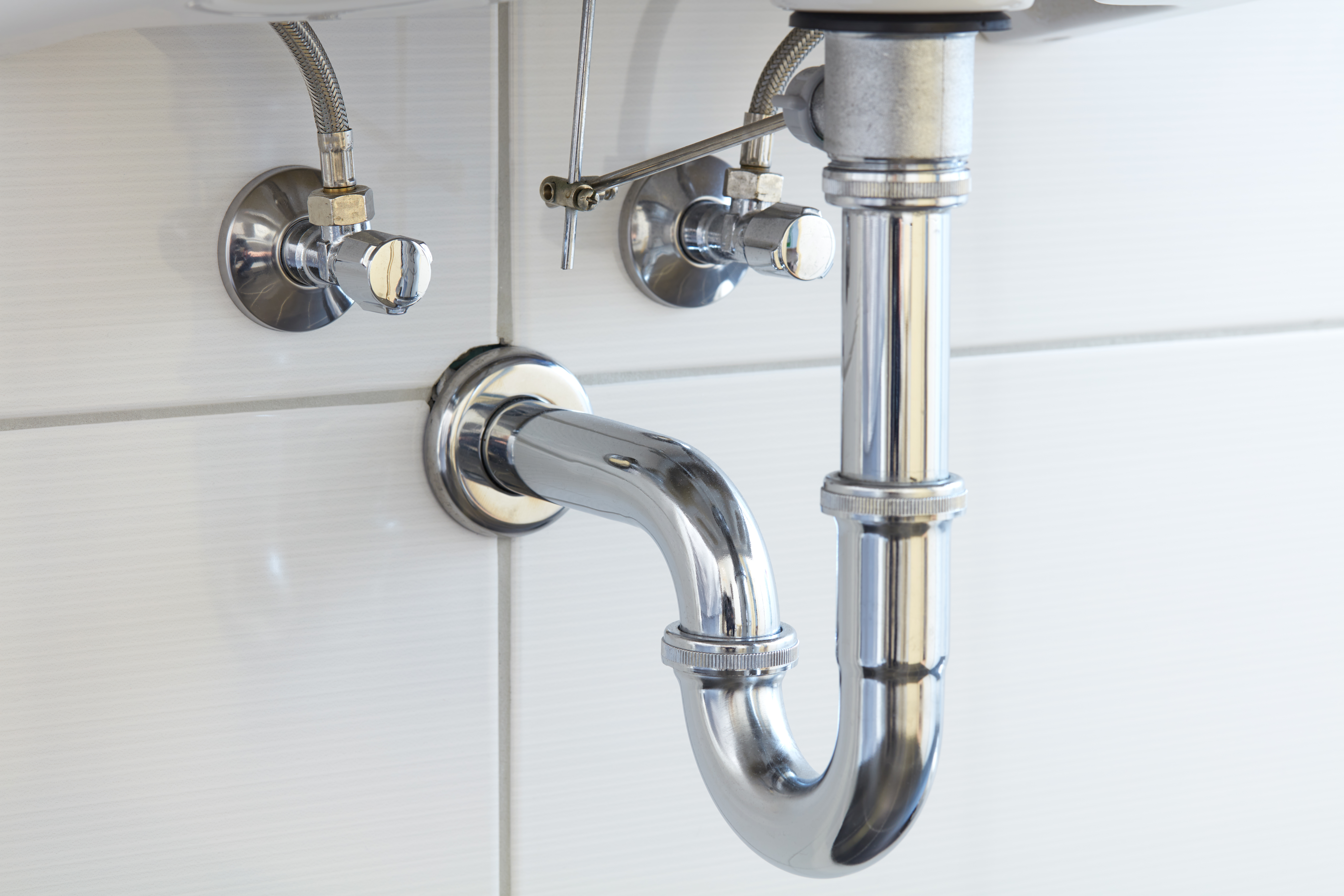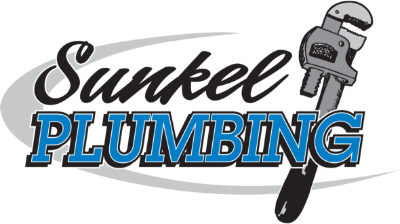Do you have rusty water, low water pressure, or other plumbing issues? If so, you may need to repipe your home. Repiping is a major job that involves replacing the entire piping system in your home. It can be costly and time-consuming but is often necessary to restore plumbing efficiency. In this article, we’ll discuss warning signs that suggest you may need repiping and what the process entails.
Signs You Need Repiping:
- Rusty Water – One of the most obvious indicators that you need repiping is if your water has a rusty color or sediment in it. This could indicate corrosion in your pipes and rust from old iron pipes or galvanized steel pipes which need to be replaced.
- Low Water Pressure – Having low water pressure in your home can be frustrating and it could mean that you need to repipe your entire plumbing system. This is usually caused by pipes being blocked or corroded, so replacing them with newer piping materials could improve the water pressure in your home.
- Older Pipes – If you’re unsure how old the pipes in your home are, look for signs of corrosion or rust on the surfaces. If they’re outdated or made of lead or galvanized steel, it may be time to replace them with newer pipes such as copper piping which are more durable and resistant to corrosion.
- Leaks & Cracks– Even if you don’t have rusty water or low water pressure, the pipes in your home can still be in danger of leaking or cracking. If you notice any wet spots on the walls or floors in your home, it could be a sign that you need repiping to get rid of the old and worn-out pipes and replace them with newer ones.
- Constant Plumbing Problems – If you’re constantly dealing with plumbing issues such as clogged drains or overflowing toilets, then it may be time to repipe your home. This is often caused by outdated pipes that are not able to handle the water pressure.
Repiping Process:
- Shut off Main Water Supply – Before beginning the repiping process, you should turn off your main water supply line to prevent any accidental flooding while working.
- Remove Old Pipes – Once the water is turned off, a plumbing professional will then remove all of the old piping from your home and dispose of them properly. This includes galvanized steel pipes, lead pipes, and any other pipes that are outdated or corroded.
- Install New Pipes – After the old piping has been removed, the plumber will then install new copper pipes in its place using special tools and techniques to ensure a secure and tight fit.
- Pressure Test – Once the new pipes have been installed, a pressure test should be done to make sure there are no leaks or cracks in the system. If everything is functioning properly, you can then turn your main water supply back on and start enjoying better plumbing efficiency!
If you’re unsure about whether or not you need repiping, it’s best to get an expert opinion from a qualified plumbing professional who can assess the condition of your pipes and determine if they need to be replaced. Repiping can be a complicated and expensive process but it’s often necessary to ensure that your plumbing system is functioning properly. Knowing the warning signs that suggest you may need repiping can help you catch any potential problems before they become worse. With the right expertise, you can keep your home’s pipes in tip-top shape for years to come!
At Sunkel Plumbing, we have experienced and knowledgeable plumbers who can help you determine whether or not your Bloomington, IL home needs repiping. We’ll take the time to inspect your pipes and provide you with a detailed report of our findings so that you can make an informed decision about what repairs need to be done. Contact us today to schedule an appointment!





